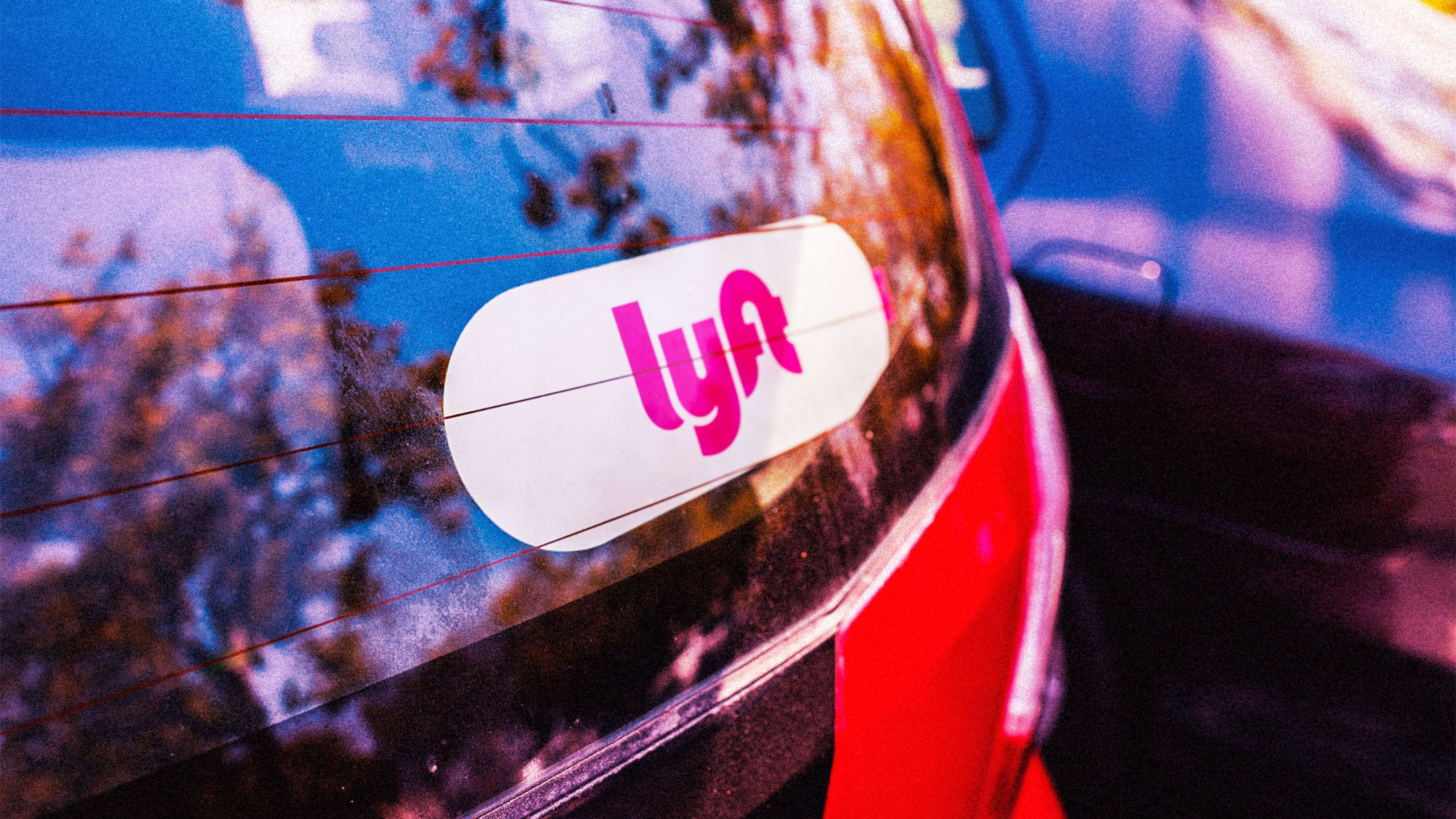Lyft’s cost-trimming measures amid rising inflation and a potential economic slowdown are paying off, the company said on Thursday.
The ride-hailing firm also reported adjusted EBITDA, which excludes some items, of $79.1 million, which was its highest earnings in history. Still, Lyft reported a net loss of $377.2 million, which is wider than the same quarter a year ago.
Lyft announced in late May that it would slow hiring and assess budget cuts as the broader tech sector began to rein in costs due to macroeconomic concerns. Last month, the company also laid off about 60 employees and shuttered its car-rental business.
“We are taking a prudent approach to managing our business,” Lyft CFO Elaine Paul said on the company’s conference call with investors. “First, like many companies, we are keeping a close eye on consumer behavior. Even in a recessionary environment, transportation is a historically durable category of consumer spending.”
The company also offers a range of transportation options, from bikes to shared rides to priority pick-ups, which could attract a wider base of users.
For the second quarter, Lyft reported revenue of $991 million, which beat Wall Street estimates and is up 30% year-over-year and 13% from the first quarter.
Lyft said it expects revenue between $1.04 billion and $1.06 billion in its third quarter, which would imply growth between 5% and 7% over the current quarter. The company also anticipates Q3 adjusted EBITDA of $55 million to $65 million.
Lyft also reported a gain in active riders to reach 19.9 million, its highest number of riders since the COVID-19 pandemic began. That’s in line with analyst expectations. Revenue per active rider was also its second highest on record at $49.89.
A key item for the company was figuring out how to spend intentionally on driver incentives.
Investors became spooked when Lyft reported its first-quarter results and warned it would spend more on driver incentives in Q2. But those incentives look to be paying off. Lyft said that it’s still on track for its rideshare volumes to reach and exceed pre-COVID-19 levels.
Lyft CEO Logan Green said the company’s number of total active drivers is the highest it’s been in two years. More than half of its new drivers in Q2 were also organic signups. Some drivers could also be supplementing their income with gig work in an effort to offset rising inflation.
Recognize your brand’s excellence by applying to this year’s Brands That Matter Awards before the early-rate deadline, May 3.
